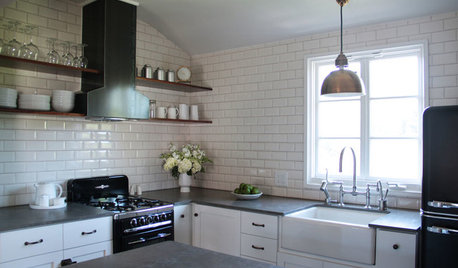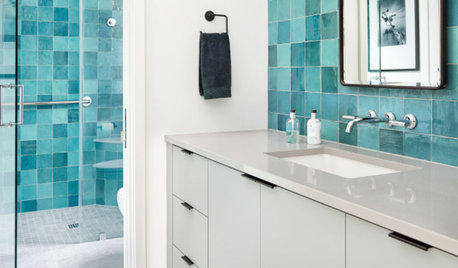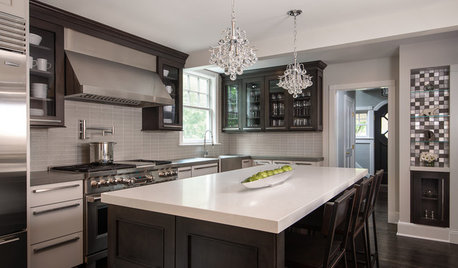sub. for expanded clay pellets?
seneca_s
17 years ago
Featured Answer
Sort by:Oldest
Comments (14)
justaguy2
17 years agonaturelover_mtl
17 years agoRelated Professionals
Chattanooga Landscape Architects & Landscape Designers · Salem Landscape Architects & Landscape Designers · Belvedere Park Landscape Contractors · Fairview Landscape Contractors · Golden Landscape Contractors · Kearny Landscape Contractors · Lehigh Acres Landscape Contractors · Lemay Landscape Contractors · Lexington Landscape Contractors · North Richland Hills Landscape Contractors · Plantation Landscape Contractors · Reedley Landscape Contractors · Maplewood Landscape Contractors · Selma Landscape Contractors · Garden City Interior Designers & Decoratorspurlec
17 years agoseneca_s
17 years agorjm710
17 years agobirdinthepalm
17 years agonaturelover_mtl
17 years agojustaguy2
17 years agobirdinthepalm
17 years agoseneca_s
17 years agothistle5
17 years agopaul_
17 years agorhizo_1 (North AL) zone 7
17 years ago
Related Stories

GARDENING GUIDESHow to Stop Worrying and Start Loving Clay Soil
Clay has many more benefits than you might imagine
Full Story
GARDENING GUIDESGardening Solutions for Heavy Clay Soils
What’s a gardener to do with soil that’s easily compacted and has poor drainage? Find out here
Full Story
KITCHEN DESIGN10 Big Space-Saving Ideas for Small Kitchens
Feeling burned over a small cooking space? These features and strategies can help prevent kitchen meltdowns
Full Story
TILEPorcelain vs. Ceramic Tile: A Five-Scenario Showdown
Explore where and why one of these popular tile choices makes more sense than the other
Full Story
KITCHEN OF THE WEEKKitchen of the Week: An Awkward Layout Makes Way for Modern Living
An improved plan and a fresh new look update this family kitchen for daily life and entertaining
Full Story
GARDENING GUIDESGarden Myths to Debunk as You Dig This Fall and Rest Over Winter
Termites hate wood mulch, don’t amend soil for trees, avoid gravel in planters — and more nuggets of garden wisdom
Full Story
MONTHLY HOME CHECKLISTSYour Fall Home Maintenance Checklist
Prep your house and yard for cold weather with this list of things to do in an hour or over a weekend
Full Story
FRONT YARD IDEASBefore and After: Front Lawn to Prairie Garden
How they did it: Homeowners create a plan, stick to it and keep the neighbors (and wildlife) in mind
Full Story
REMODELING GUIDESCool Your House (and Costs) With the Right Insulation
Insulation offers one of the best paybacks on your investment in your house. Here are some types to discuss with your contractor
Full Story
MATERIALSWhat to Ask Before Choosing a Hardwood Floor
We give you the details on cost, installation, wood varieties and more to help you pick the right hardwood flooring
Full Story







gabro14